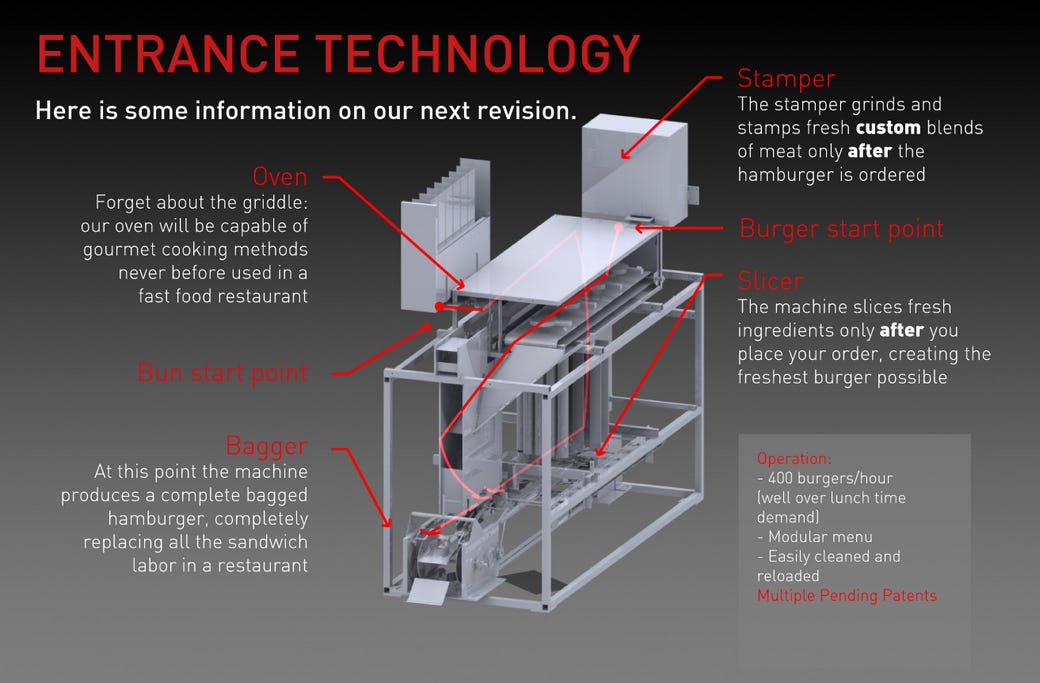Technology has evolved over the years, and rather quickly. It was only about 30 or so years ago that households didn’t have internet. The technology was limited to a corded phone, everyday appliances, and bulky, boxy computers that displayed a creepy green against a dark screen. Today, most homes in America have multiple sources of technological advancements—from smart devices that listen to and speak back to us.
If there’s one thing that Americans enjoy, it’s food and convenience. Food has shaped our culture, and the need for convenience has fostered how restaurants meet that demand. The number one invention that combined these two essentials is the drive thru.
Past
Indulge a bit of quick-service industry history. First, there was the drive-in, where customers could drive up, order, and eat their food without having to leave their car. Call it laziness, or novelty; either way, the concept was groundbreaking. Not long after, in 1948, a burger shack advertised a “no delay” sign, that changed the game, literally. With the growing popularity of drive-thrus, hand-held foods like burgers, fries, and tacos emerged. Even car manufacturers began designing vehicles with cupholders.
Present
Let’s fast forward 70+ years. We have technology to thank for making lives more comfortable. As a result of the demand for convenience, technological advances are in products and services everywhere—dishwashers and laundry machines with automated features, thermostats that control temperatures in the home, mobile phones that are miniature computers, checkout machines at grocers that keep lines moving.

Restaurants have benefited from changes in this new digital era, too. Consumers are living busier lives, but no matter how much we evolve, eating is still a necessity. Not only have menus become more elaborate since the mid-1900s, but the technology used in quick-service restaurants today was also less than imaginable even in the early 2000s. Some restaurants have drive thru hardware utilizing artificial intelligence to take orders and cloud computing to communicate meal orders back to the POS terminal inside and the kitchen display for the food staff to see.
However, although there has been an increase in technology, reports indicate a lag in efficiency. According to end-of-year records, speed-of-service was over forty seconds slower in 2018 compared to 2003. On one end, burgers and menus were more straightforward then. They didn’t include the diversity of dietary preferences and variety of options common today. However, your consumers don’t care to know the why; they just want their food faster. Now, drive thru hardware is making impressive strides for speed, efficiency, and accuracy consistently.
Future
Back in 2012, a company called Momentum Machines claimed that they would create a fully-automated machine for the quick-service industry that would “completely obviate” fast-food workers. The device would be able to do what humans could do, only faster and with more accuracy. For restaurant owners and managers, that’s beautiful music to the ears. Faster service and fewer errors equal higher profits.

Chains are recognizing trends in ways that technology can increase the bottom line. Artificial intelligence may be a fear for folks who think computers are going to take all the jobs away, but the upside is even sweeter. Customers can order online and enjoy personalization data that remember their preferences. Restaurants benefit from smooth card transaction processing and touchscreen digitization.
It’s an Exciting Future Ahead
Innovative technology that includes improved communication and utilizes sophisticated personalization features allows for far better outcomes for quick-service restaurants. Quick-service employees can better serve customers thanks to reliable technology that offers cutting-edge sol
